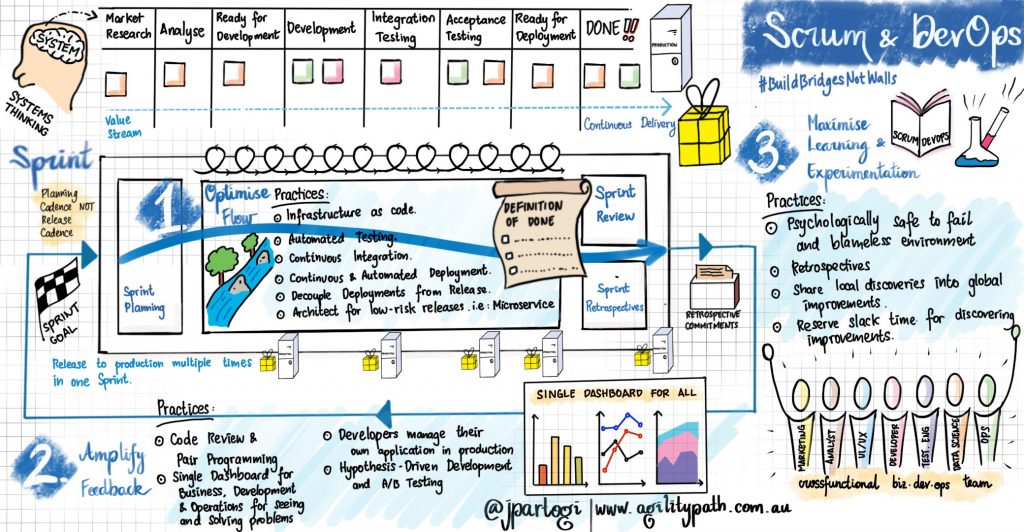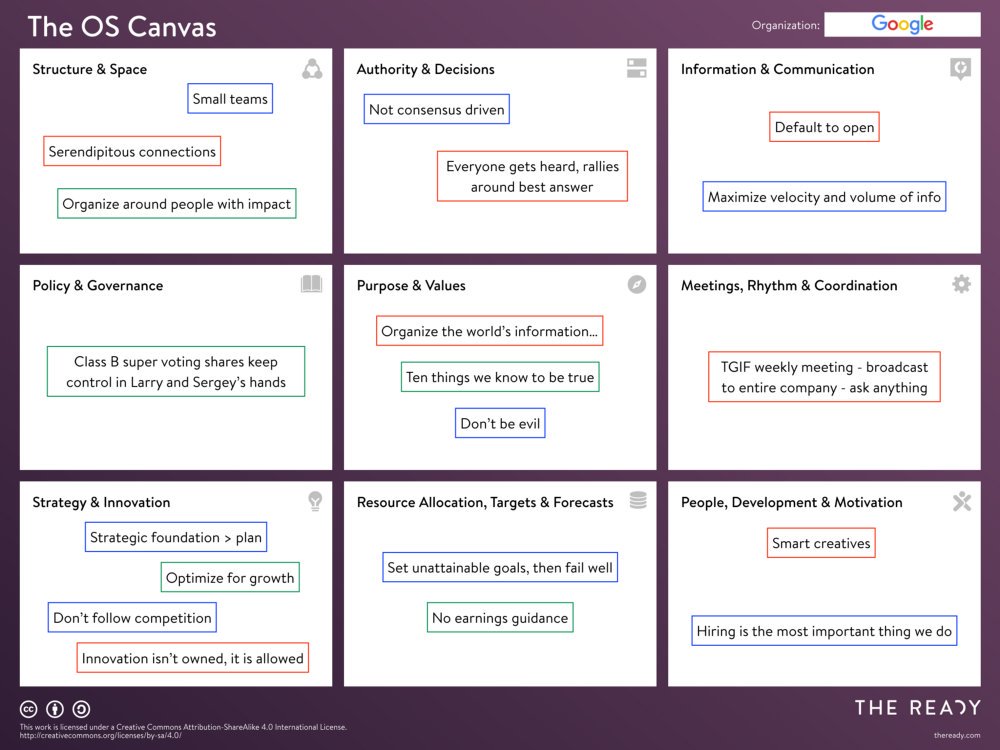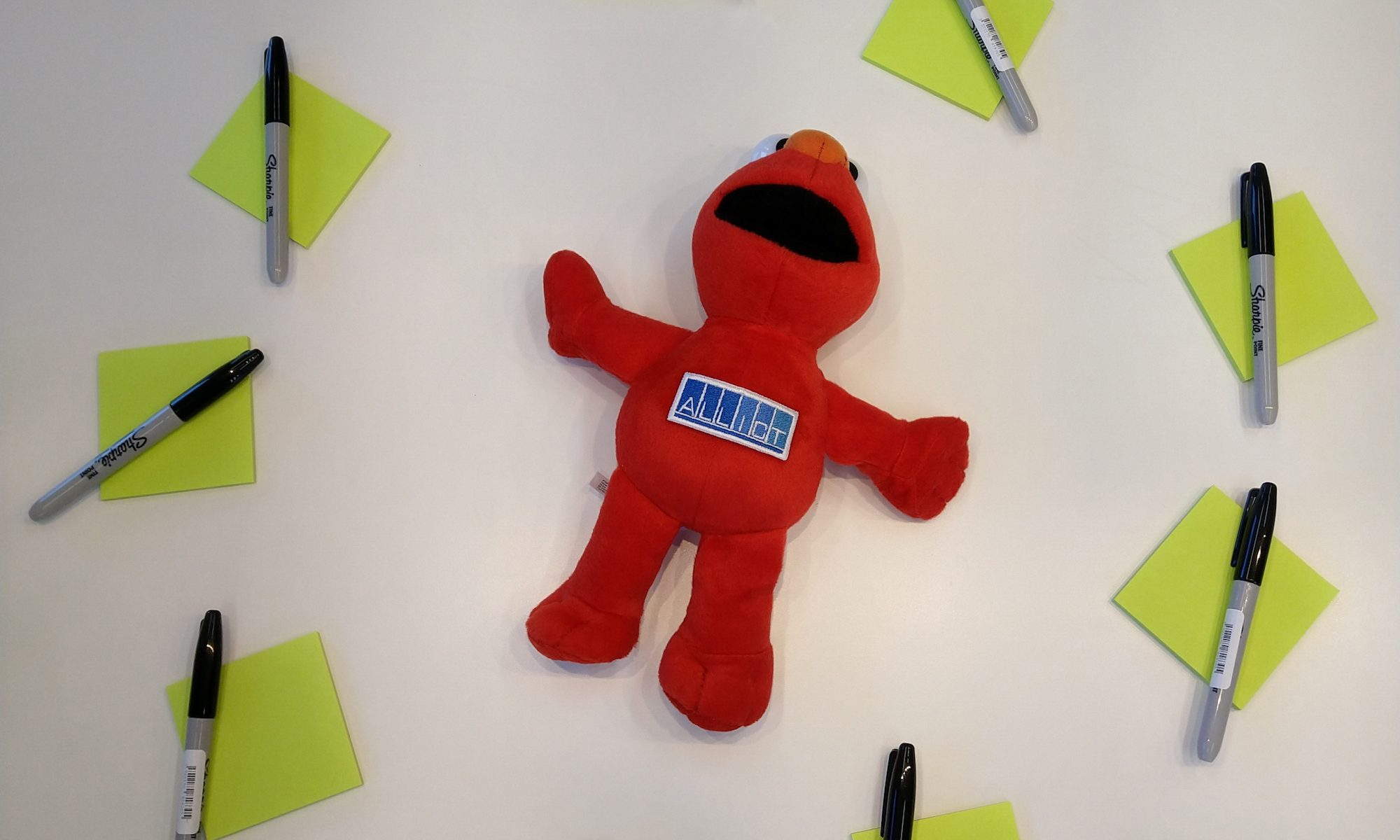You can find all talks of the DevOps Summit Amsterdam within Xebia’s DevOps playlist on Youtube: https://www.youtube.com/playlist?list=PLC3RVtNPazW__NQyvhMFnu0-cBZLfkiUJ
Getting DevOps Wrong: Top 5 Mistakes Organizations Make
DevOps is all of the following:
- A cultural shift in how processes, code, and technology are delivered.
- A philosophy around continuous development and integration with users, business, and even market dynamics.
- A practice that continuously evolves.
- A tool to help deliver services and applications and market-ready speeds.
- A process to help companies innovate at a much faster pace than what traditional (or legacy) software tools and infrastructure could offer.
Bill Kleyman made a list of the top 5 mistakes organizations make while deploying DevOps:
- You’re still using checklists,
runbooks , or other manual processes to manage code. - Your release cycle happens every few months (or even years) and deployments keep you awake at night.
- Your developers feel that their role ends at deployment.
- You focus on tools over culture.
- Your people are still in silos.
Read the complete blogpost here: https://www.informationweek.com/devops/getting-devops-wrong-top-5-mistakes-organizations-make/a/d-id/1333173
Scrum And DevOps
DevOps is not about tools and automation in the delivery pipeline. In fact, as we have learned tools and automation is only one-third of DevOps. In overall, DevOps is about Collaboration & Collective Ownership, Focus on the flow of value delivery and Learning and experimentation culture. But sadly, many tooling vendors position DevOps as tools and process for the delivery pipeline. This will get the management excited because many managers think that after buying and installing the “DevOps” tools without changing their organisation will make their company instantly agile. This is like putting the cart in front of the horse.

In this
Use this OS Canvas from The Ready to help rebuild your organization from the ground up:

Read about it here: https://medium.com/the-ready/the-os-canvas-8253ac249f53
How to Work with Complex User Stories That Cannot Be Split
Most user stories can be split. It may be hard to find a good way to split some stories, but most can be split. These are known as compound stories—stories that are made up of multiple smaller stories.
There is another type of story: the complex story. Complex stories are ones that cannot be split. They are inherently large or complex and there are no subparts to be pulled into separate stories.
Even with a complex story, you don’t want to let the story linger open for three, four or more sprints. Doing so
- Makes velocity less predictable from sprint to sprint
- Increases the risk of a developer going astray from user expectations , and
- Allows the team to develop the bad habit of leaving work incomplete at the end of an iteration
Use Progress Points to Identify Accomplishments
Read about it in this article: https://www.mountaingoatsoftware.com/blog/how-to-work-with-complex-user-stories-that-cannot-be-split
Use ‘25/10 Crowd Sourcing’ to quickly generate new ideas with groups
‘25/10 Crowd Sourcing’ is a structure that allows you to rapidly generate and sift through a group’s boldest actionable ideas in less than 30 minutes. Christiaan Verwijs has applied this structure both to small (12–20 members) and large groups (>150). Not only is it an innovative way to identify bold, ‘out of the box’-solutions, it is also appreciated by participants for its highly active nature.
Read about it here: https://medium.com/the-liberators/use-25-10-crowd-sourcing-to-spice-up-your-scrum-events-56fdd127e1dc
Management quote

How to Define and Describe an Organization
It can be difficult to give
Team mission and purpose through Ecocycle planning
Saskia Vermeer-Ooms had the opportunity to facilitate a Team Mission workshop with one of her HR teams. She decided to use a string of Liberating Structures: 9 why’s – Ecocycle planning – What? So what? Now what?
Read all about her workshop here: https://www.linkedin.com/pulse/team-mission-purpose-through-ecocycle-planning-saskia-vermeer-ooms/
Facilitation Canvas
Anthony Boobier created the Facilitation Canvas as a tool to help facilitators prepare to run a session. He uses it as part of their ICAgile team facilitator course. The canvas is made up of 8 boxes, each with an associated set of prompt questions that I have found work well as a guide when filling it out.
Read all about it here: https://medium.com/path-pattern/the-retrospective-a-known-recipe-for-improvement-with-my-own-spice-da534c6628cc
